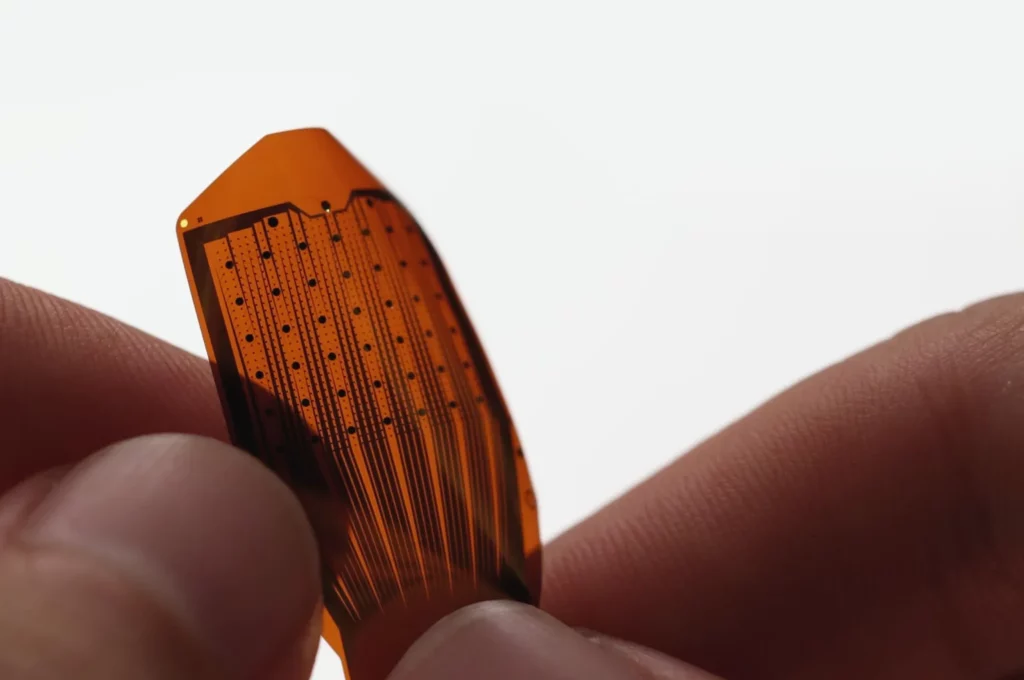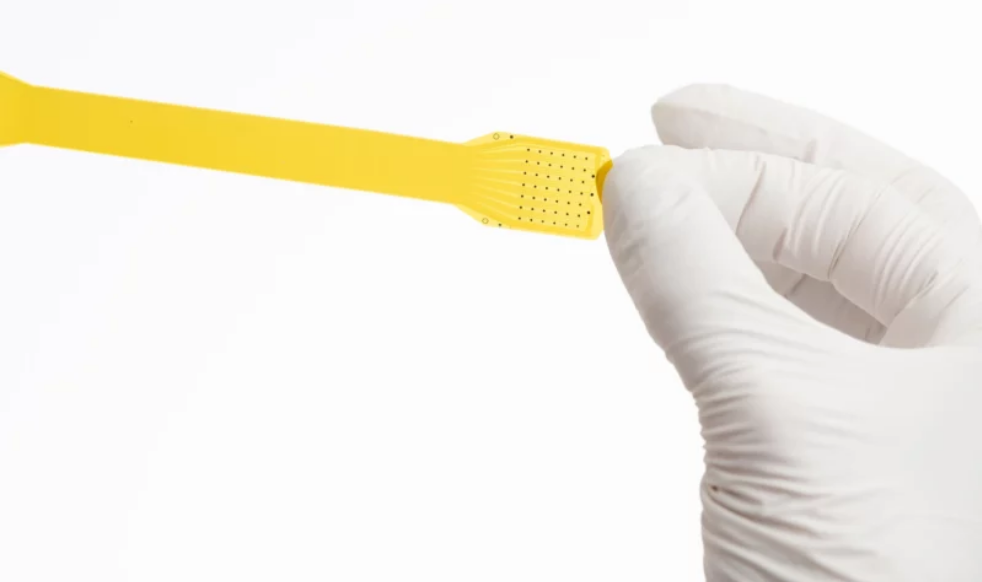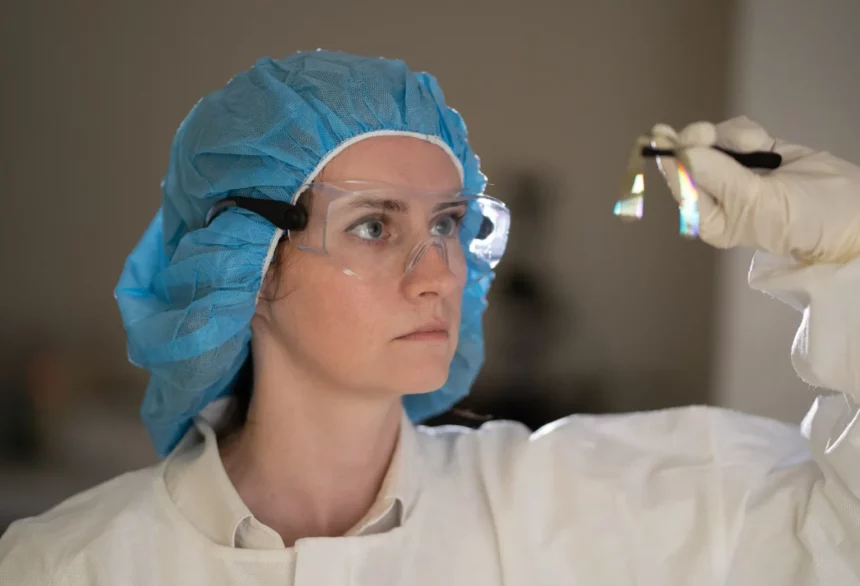Precision Neuroscience has announced a groundbreaking achievement in the field of brain-computer interfaces (BCIs), setting a new world record for the number of neuron-tapping electrodes placed on a living human’s brain. The company successfully deployed 4,096 electrodes, surpassing the previous record of 2,048 electrodes set last year.
The increased density of electrodes enables neuroscientists to map neuron activity with unprecedented resolution, enhancing the ability to decode thoughts into intended actions. This advancement is a significant milestone in the quest to use BCI technology to restore speech and movement in patients, particularly those who have suffered from a stroke or spinal cord injury.

Precision Neuroscience distinguishes itself from competitors with its focus on minimal invasiveness, scalability, and safety. The company was co-founded by neurosurgeon and engineer Ben Rapoport, a former co-founder of Neuralink, the high-profile BCI company owned by Elon Musk. Rapoport left Neuralink in 2021 due to safety concerns related to its more invasive BCI implants and started Precision Neuroscience with three colleagues, two of whom also had connections to Neuralink.
In a recent episode of The Wall Street Journal podcast “The Future of Everything”, Rapoport emphasized the importance of safety in transitioning neural interfaces from scientific research to medical application. He noted that early BCI development, including the use of the Utah Array, operated under the belief that extracting rich data from the brain required penetration with needle-like electrodes, which can cause brain damage. Precision’s approach, in contrast, is based on the principle that it is possible to gather information-rich data without penetrating the brain.
Neuralink’s current BCI device comprises 1,024 electrodes across 64 hair-thin wires implanted into the brain by a surgical robot. Despite the sophistication of this technology, there have been challenges: in the first patient, 85% of the wires retracted from the brain after surgery, causing some electrodes to shut off. Neuralink plans to implant the wires deeper in future surgeries, having received approval from the Food and Drug Administration (FDA).
Precision’s device, however, does not penetrate the brain. It consists of at least one yellow film, which is a fifth the thickness of a human hair and contains 1,024 electrodes embedded in a lattice pattern. This modular design allows multiple films to be added to each device. These films can be inserted through a minimally invasive slit in the skull and conform to the brain’s surface. The processing unit sits between the skull and the scalp, and the film can be removed without causing damage if necessary.
In April, a neurosurgery team from the Mount Sinai Health System successfully placed one of Precision’s devices, containing four electrode films (totalling 4,096 electrodes), onto the brain of a patient undergoing surgery to remove a benign tumour. During the procedure, the Precision team recorded detailed neuronal activity from an area of approximately 8 square centimetres of the brain.

“This record is a significant step towards a new era,” Rapoport said in a press release. “The ability to capture cortical information of this magnitude and scale could allow us to understand the brain in a much deeper way.” The procedure marks the 14th time Precision has placed its device on a human brain. The company aims to have its first device commercially available by 2025, signalling a major advancement in BCI technology and its potential applications in medical treatment and neuroscience research.
This record-setting achievement highlights Precision Neuroscience’s commitment to advancing BCI technology with a focus on safety and minimal invasiveness, paving the way for new possibilities in understanding and interacting with the human brain.







